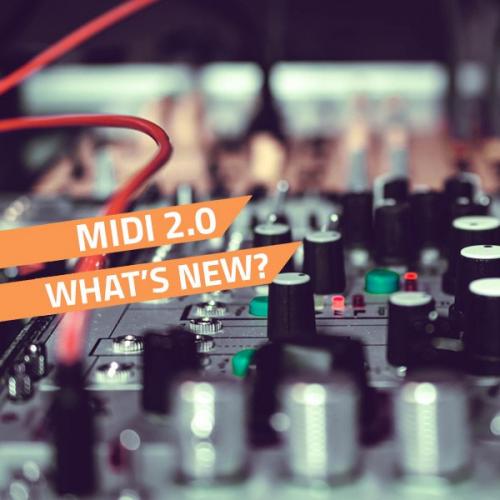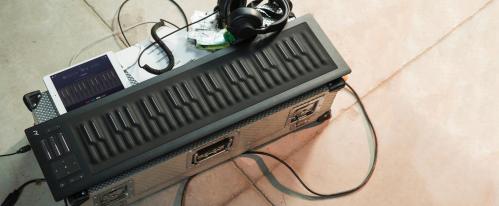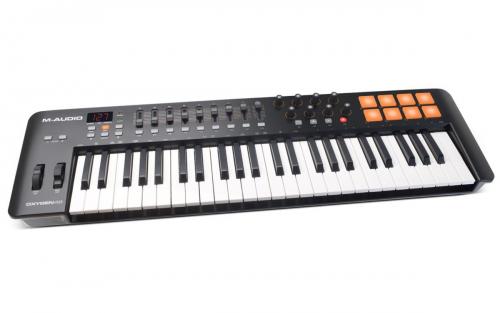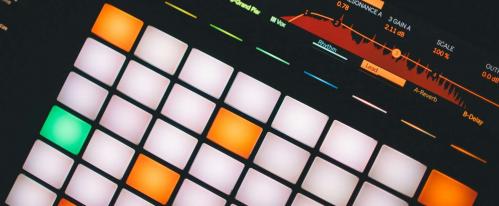Wondering "how Do I Connect A Midi Keyboard To My Computer?". This Guide Will Show The Different Methods You Can Use To Connect Your Midi Keyboard To Your Computer.
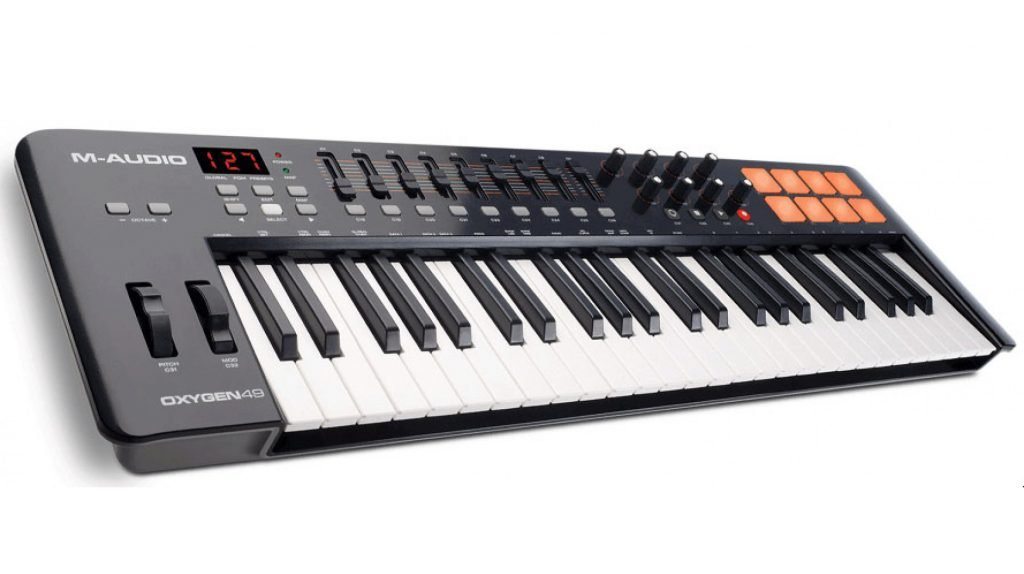
The first thing to do is to make sure that your MIDI keyboard has MIDI ports on the back. It is very rare to find a modern midi keyboard without MIDI ports.
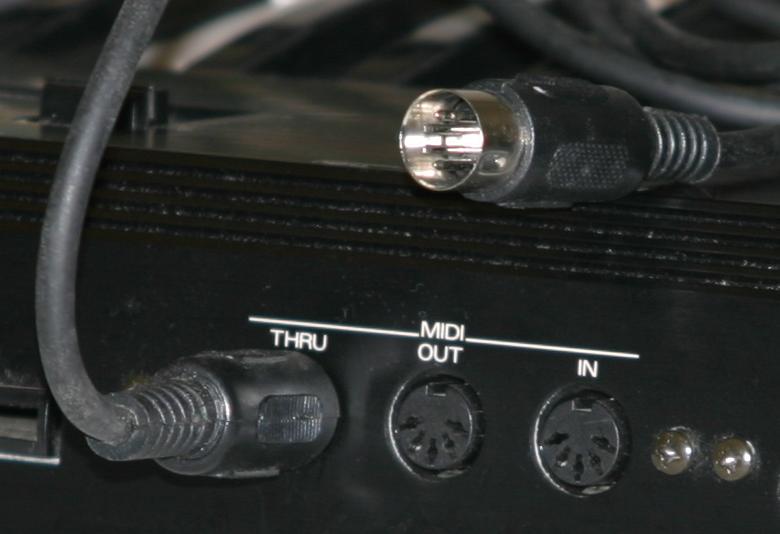
Here are your options:
- USB to USB
Every modern MIDI Controller Keyboards we sell now come with a USB connection for easy use with computers. Some keyboard are even 'class compliant' which means you don't even need to install any software. The cable you need for a USB to USB connection is just a standard USB cable which should be included with your keyboard.
- MIDI to MIDI
Some of the audio interfaces we sell such as the Focusrite Scarlett 4i4 3rd Gen USB Audio Interface or the PreSonus AudioBox USB 96 Audio Interface combine Audio & MIDI I/O enabling your to connect your keyboard directly to your sound card.
- MIDI to USB port
If your interface or sound card doesn't have MIDI connections and your keyboard doesn't have USB then the next best option is a USB to MIDI adapter such as the Roland UM-One USB to MIDI Interface or M-Audio UNO USB Bus-Powered MIDI Interface

These devices come equipped with a USB connection for your computer, and a 1 In/ 1 Out 16 channel MIDI connection to your MIDI keyboard. However if you had more than one MIDI device to connect such as a second keyboard or a sound module then mutli-port options are available such as the M-Audio Midisport 2x2. PMT offers a wide range of MIDI Interfaces that cover all price points.
More about MIDI...
MIDI data is not the same as sound data. What is transmitted over the wire is information on how to play a song, not the physical sound data itself. MIDI can be thought of better as a player-piano roll than a compact disk: just as the piano-roll instructs the player-piano to create the sounds, MIDI data tells a MIDI device which notes to play, patches (instruments) to use, and other information to help the instrument recreate the song. When you listen to a MIDI file, you're hearing an actual 'performance' by the instrument, not a 'recording' of a past performance. MIDI was not designed to be used with personal computers, but since it is a digital interface, they actually work very well together. Combining at least one MIDI instrument with a personal computer and a MIDI interface (a device that allows the computer to "speak" MIDI) allows for many interesting applications.
Notation Software
These days, with almost all music production software, such as Ableton Live, Logic Pro, FL Studio, Reason, Cubase and Presonus' Studio One DAWs, music can be played on a music keyboard or other MIDI instrument, and immediately be displayed on the computer screen. Mistakes can be corrected, and other musical symbols, such as dynamic markings, tempo changes, and even lyrics, can be entered to make a complete score. In effect, you have a music "word processor", and the advantages parallel those of using a word processor over a typewriter. This software allows you to create songs one "track" at a time, similar to a multi-track tape player, using a MIDI device. The difference is the sequencer doesn't record the sound but the actual "notes" and other MIDI information. Therefore, if a performer makes a few mistakes in an otherwise great performance, s/he can correct the wrong notes via the computer and all is well!

